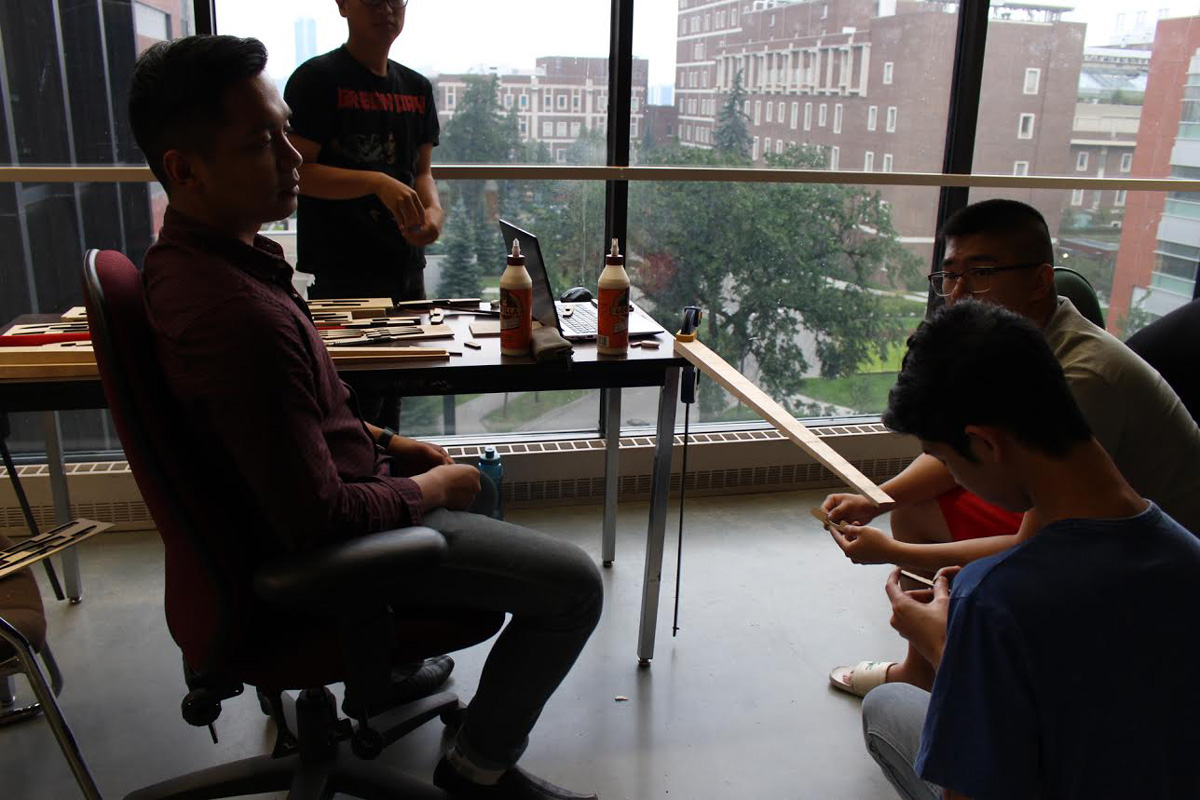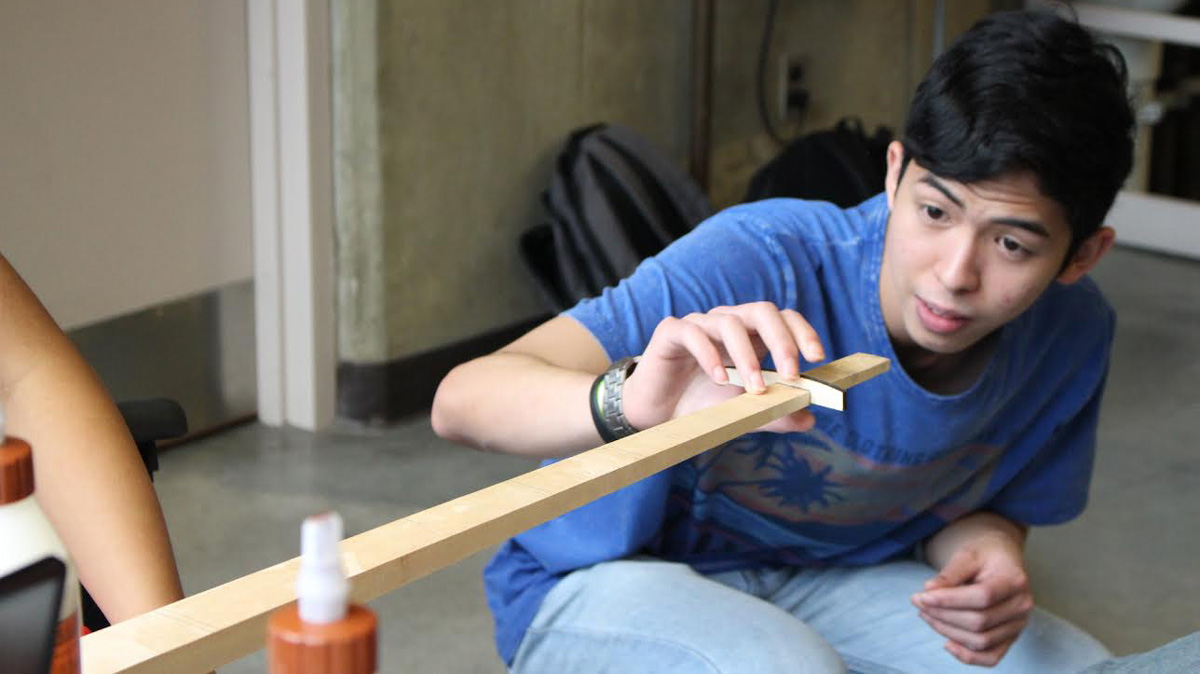 supplied
suppliedWith carbon dioxide emissions from aircrafts contributing approximately 2 per cent of the world’s greenhouse gas emissions, the aeronautics industry has a bad reputation. By creating an electric airplane, ZeroPlane hopes to change that .
A new University of Alberta student organization, ZeroPlane is modeling a fully electric airplane. Through design and research, these 40 students are looking to bring change to the aviation field in a major way.
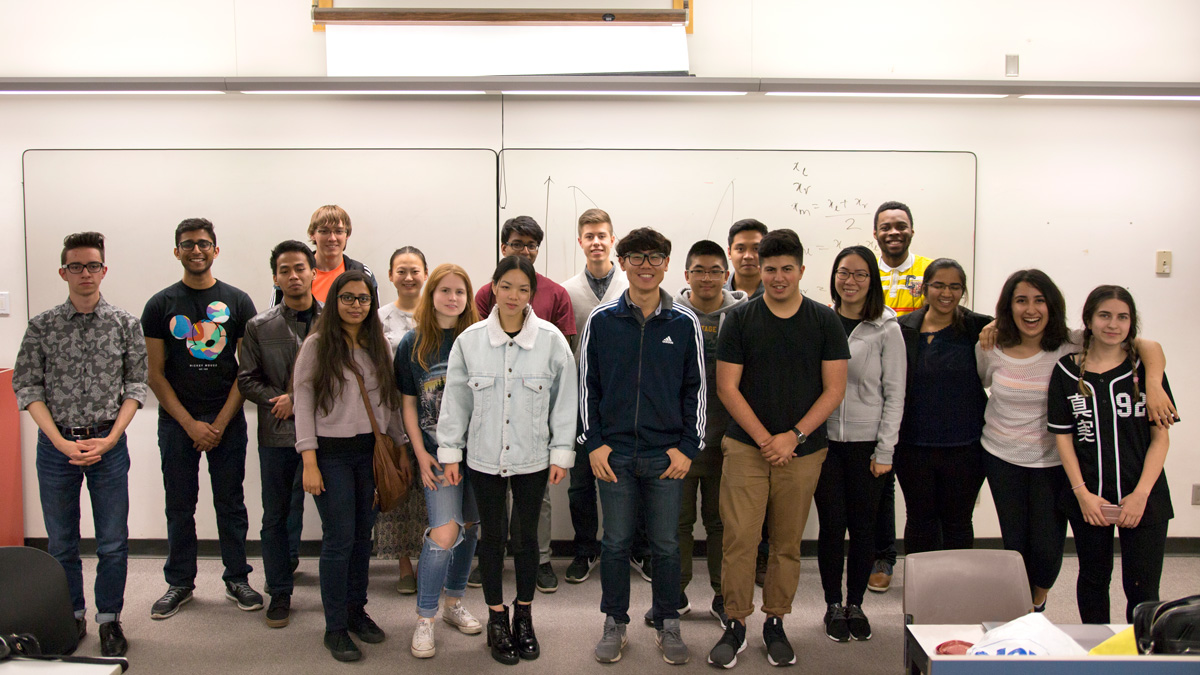
Last year, Max Kang, a fourth-year mechanical engineering student, and Kabir Nadkarni, a fourth-year engineering physics student, pinpointed a major issue in the aviation industry: unlike other industries, renewable energies haven’t been incorporated into airplanes. They decided to do something about it.
The two began by submitting their concept of an electric plane to the U of A’s Engineering Competition last September. They ended up winning in the Innovative Design category and went on to compete in the Western Engineering Competition, where they placed third. When they got back to Edmonton, Kang went on to establish ZeroPlane as a student group.
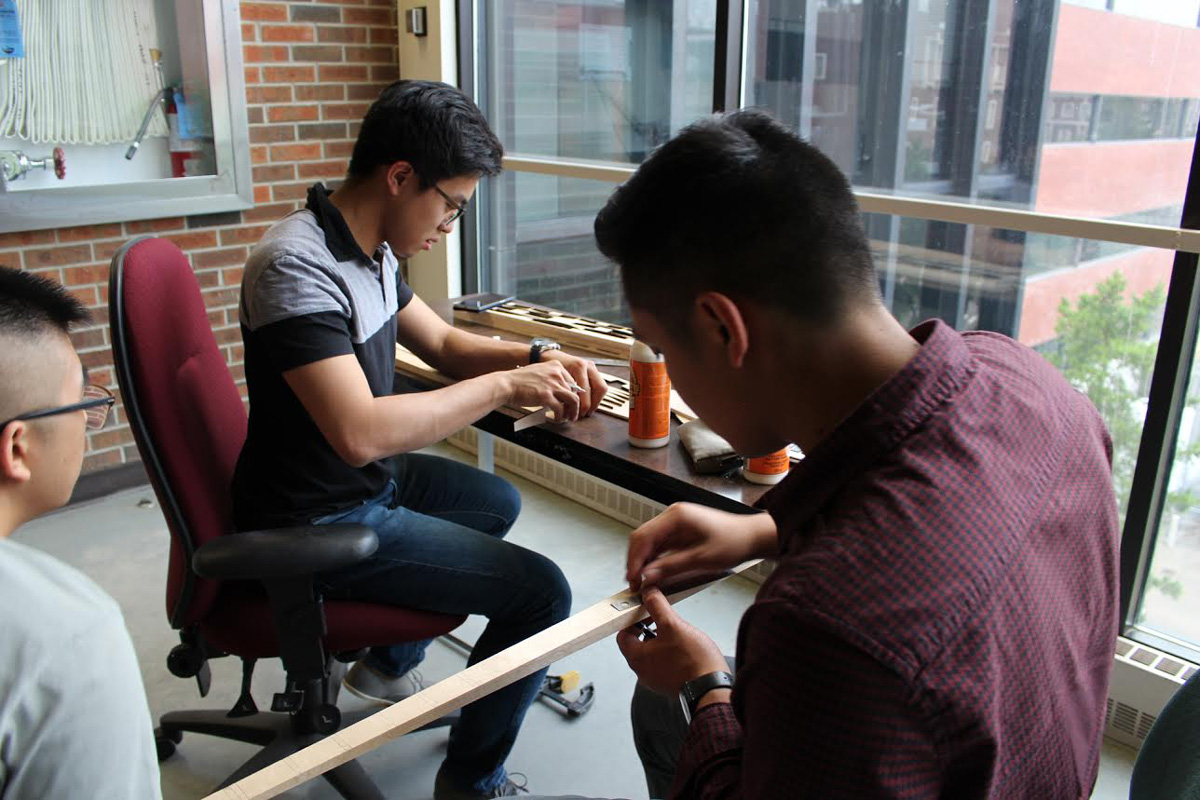
“We want to spur innovation here in Canada in green aviation,” said Karina Sapelnikova, ZeroPlane’s vice president (finance) and a fifth-year mechanical engineering co-op student.
In a year, ZeroPlane has successfully created a small scale model of the plane and is currently working on designing a second model, which is about two metres in wingspan and weighs approximately 20 kilograms. Their biggest concern is the plane’s battery management system. According to Kang, a battery explosion would create temperatures of up to 700 degrees celsius. The placement of the battery is also important, so that in the case of explosion, the plane can still land safely.
Despite these possible complications, the choice to use batteries was a fairly easy one.
“We thought about using a solar panel,” Kang said. “But with our flight time (approximately 90 mins) we were only getting two percent of the total energy of the battery. It’s more efficient to use a battery.”
The goal is for the model to be completed by May, and if no complications arise, the team will immediately begin construction of the full-size aircraft. More than twice the size of the model, the two-seater plane will have a wingspan of nine meters and is best equipped to be used in pilot training.
While building an electric airplane isn’t easy, the task proves even harder due to a lack of funding. So far the project has been personally funded by Kang and other members.
To get more funding, ZeroPlane needs to figure out where their product will fit into the market. That’s where connections with industry players like Bombardier, the Canadian aerospace and transportation company, could be influential.
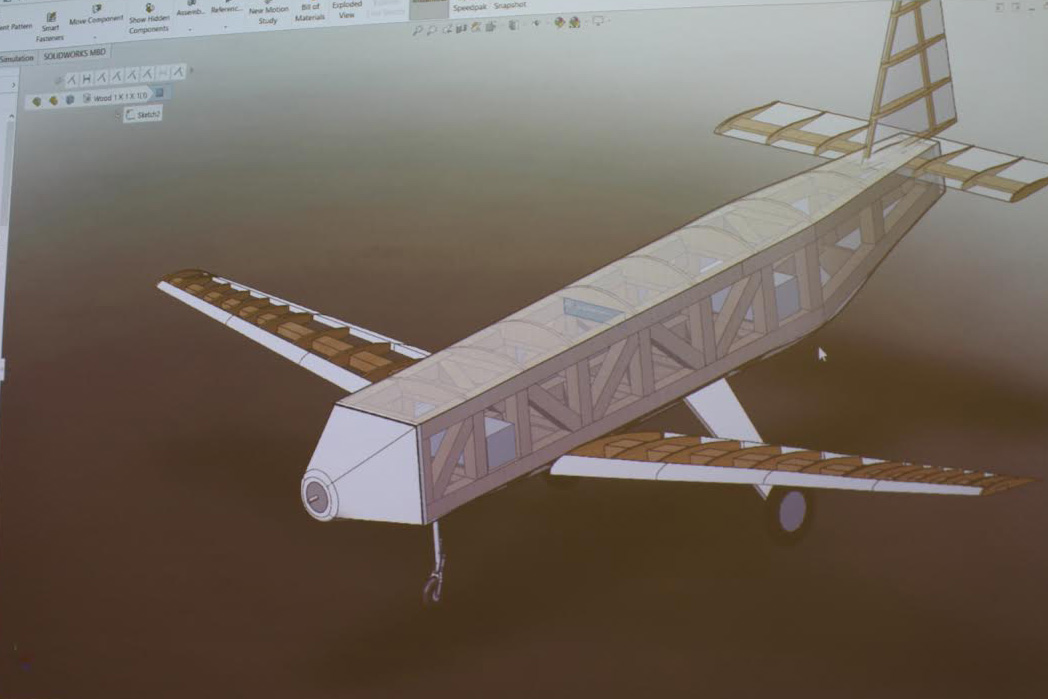
“(We want) some guidance as to what product we need to bring to the table for it to be competitive in the market,” Sapelnikova said.
Although still a student group, ZeroPlane has many of the components that define a company. To be successful, Sapelnikova said they want to build a team that incorporates various perspectives. This means looking beyond the Faculty of Engineering for members.
At the moment, ZeroPlane includes students from engineering, business, and law, but now their goal is to attract more students from other faculties.
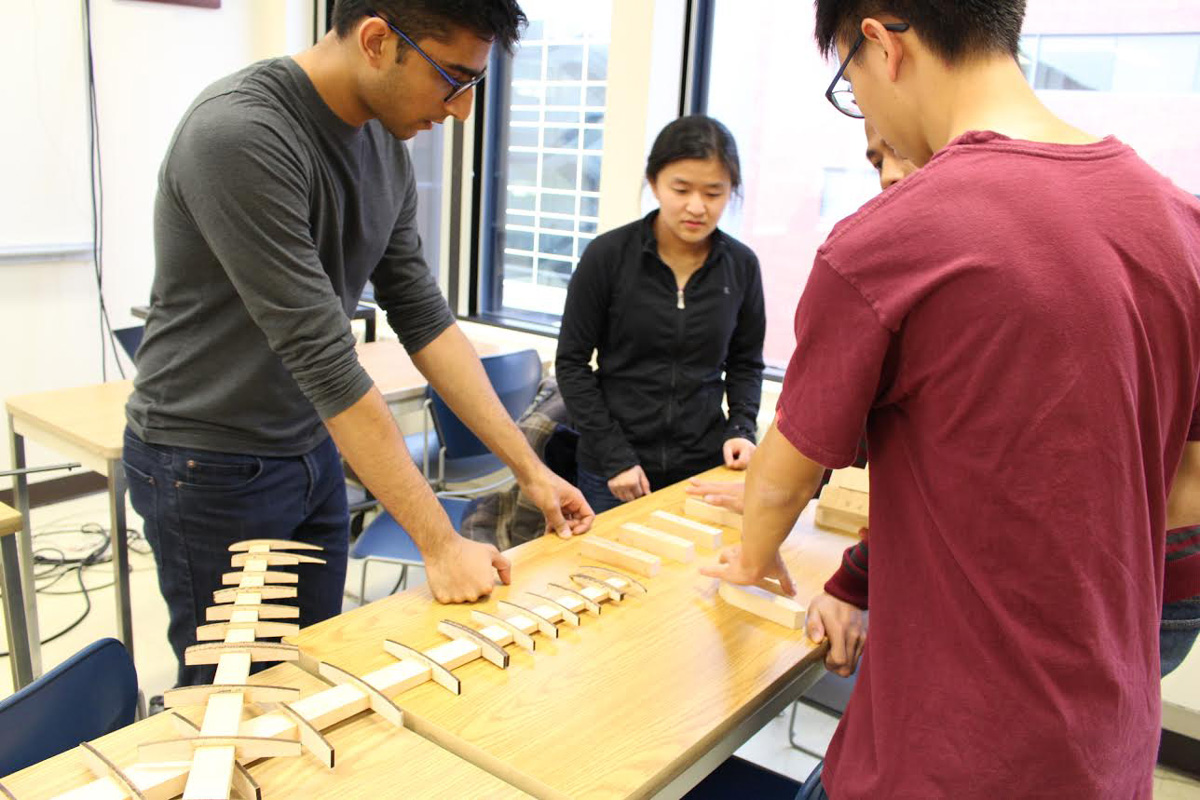
“Down the road, we could bring locally developed technology concerning battery safety and composite materials,” Sapelnikova said.“This does require people with different backgrounds and different knowledge to come together.”
Currently the team is looking for people with marketing, web design, and media experience, who will be able to supplement the mechanical work and represent the group at conferences and industry networking events.
“We want to build a team and down the road we could possibly bring locally developed technology (to the market),” Sapelnikova said.
